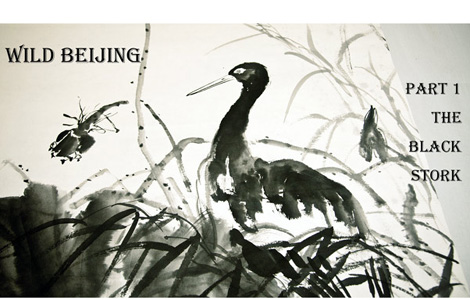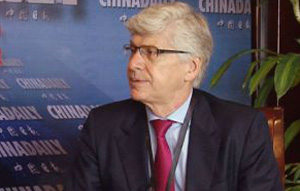For peace and development
Updated: 2013-06-28 08:07
By Fu Ying (China Daily)
|
||||||||
Diversification of global power is taking shape, but transformation of international governance will take time
There has been continuous debate on how to and can we maintain world peace since the time when mankind entered the "era of peace and development".
Have we in the 21st century learned to value the hard-won peace? Can big countries maintain peace when the established world structure is undergoing transition?
According to Nicholas Boyle, a University of Cambridge professor, there has been a cataclysmic "Great Event" of international significance at the start of each century in the last 500 years. Occurring in the middle of the second decade of each century, they could be events that sparked wars, religious conflicts or brought peace.
With Professor Boyle's research in mind, it should be no surprise that where the relationship between China and United States is heading has become a heated topic of international academia.
In terms of the size of its population and territory, China is a big country. But from the perspective of its economic development level and comprehensive national strength, there is still a sizeable gap between China and the developed world, not to mention the US, the world's largest developed country. As a developing nation, China is confronted with numerous difficulties and challenges, which people outside cannot imagine. This decides China has to focus its efforts on the realization of its development goals and the target of common prosperity for its people for a long period in the future. It's important that China has a peaceful external environment to facilitate the fulfillment of these goals.
China as the world's largest developing country and the US as the strongest developed nation have expressed the political will to maintain lasting peace and will try to build a new model for the relationship between two powers. They have expressed wishes to strike a balance among their interests and disagreements through multi-channel dialogue and this will undoubtedly be a long and arduous trust-building process.
The US concentrated its strategic focus on Europe during the Cold War era and shifted it to the Middle East after the Sept 11 terrorist attacks in 2001. Now Washington has redeployed its strategic investment eastward to Asia. The Asia-bound strategic shift came at a time when the region was witnessing prospering economic growth and booming cooperation among countries. The US has strengthened military collaboration with its Asian allies. Now that we are seeing increased frictions and conflicts in China's surrounding region, a question has arisen: should the US' increased military and strategic presence in Asia accord with the trend of the region's cooperation and development?
In his book titled For the Soul of Mankind: The United States, the Soviet Union, and the Cold War, Melvyn P. Leffler, a US historian, made a detailed analysis of four major opportunities for the US and the erstwhile Soviet Union to promote entente in their relations and the causes for them missing those chances. The book left two impressions. First, the two superpowers never concealed their policy target of seeking the demise of each other, but what exhausted them most proved to be how to prevent a head-on conflict between them. Second, the two superpowers were never on the same track or established mutual trust with each other, the former Soviet Union focused on an arms race, while the US kept high vigilance and readiness against a Soviet threat.
Entering the 21st century, the world has undergone new changes and gone is the history of seeking hegemony among the world's big powers. Some previously impoverished developing countries are already on the track of fast industrialization, while some traditional developed nations have been entangled in an effort to extricate themselves from protracted financial and economic woes. These have resulted in the narrowing of the gap between them.
In the West where the view that capital means power prevails, some scholars claim the center of world power is shifting from the West to the East, and such a view has kindled debates about whether emerging powers will post a threat, how they should undertake their international responsibilities or whether the world's leadership will have a peaceful transfer.
In fact, the center of world power has not been seen shifting in one direction as some scholars have claimed. But there is a possibility that the power that influences international governance and world affairs will diffuse from the traditional Western-centered belt to a wider sphere. Now, it's not easy for a few countries to dominate all international affairs. And an individual nation will find it difficult to resolve global issues by itself.
The diversification of world power is taking shape and expediting, but the transformation of the established world structure and international governance pattern at a peaceful time will come in a long and gradual manner. During this transitional period, the old structure, if timely reformed and adjusted, should continue to operate for some time.
Facing a series of common global challenges, ranging from degradation of the environment, climate change and the proliferation of nuclear weapons to food safety, terrorism and internal safety, countries, both big and small, are in the same boat. If all countries transcend the old era and look at others in a new light, then the common challenges facing them can be tackled more easily. Otherwise, the difficulties will only become more complicated and harder to resolve.
The author is a member of the Standing Committee of the 12th National People's Congress and director of the top legislature's foreign affairs committee.
(China Daily USA 06/28/2013 page15)
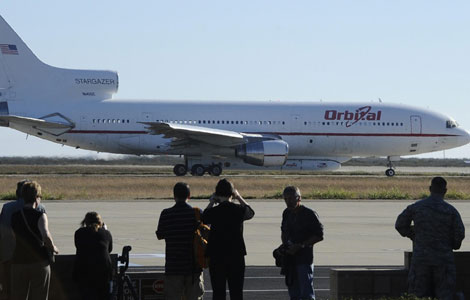
 NASA telescope to probe solar mystery
NASA telescope to probe solar mystery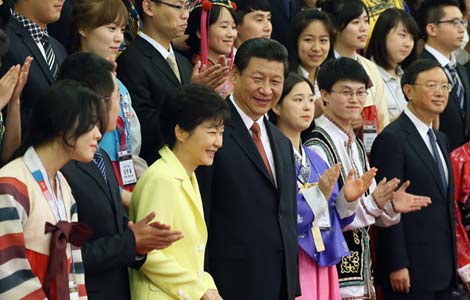
 Visit aids 'trust-building process'
Visit aids 'trust-building process'
 King of Pop returns
King of Pop returns
 Crowds cheer Court decision on gay marriage
Crowds cheer Court decision on gay marriage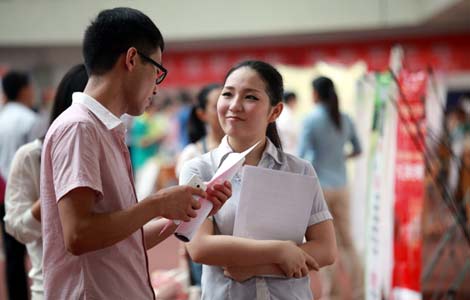
 Hiring index signals further job weakness
Hiring index signals further job weakness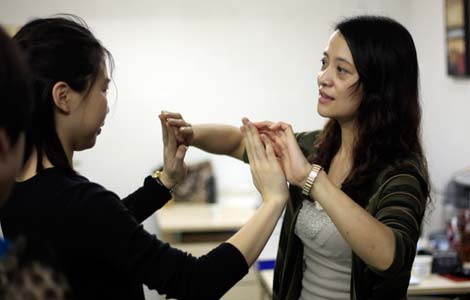
 Dance becomes popular stress relief
Dance becomes popular stress relief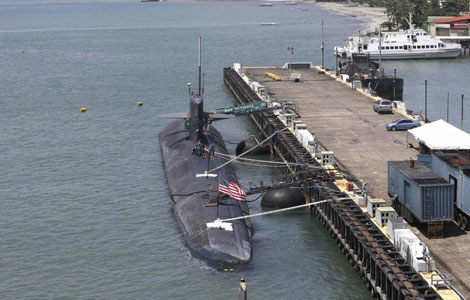
 Philippine, US start Naval exercise in S China Sea
Philippine, US start Naval exercise in S China Sea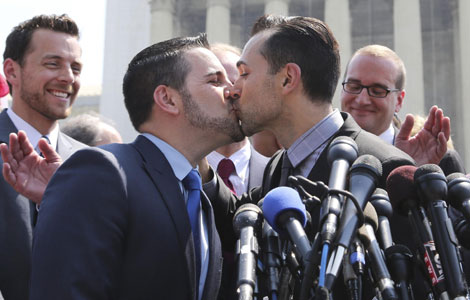
 Supreme Court gay rights ruling celebrated across US
Supreme Court gay rights ruling celebrated across US
Most Viewed
Editor's Picks

|

|
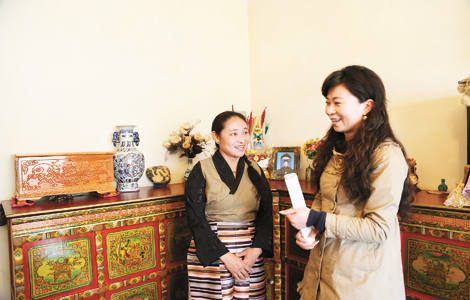
|
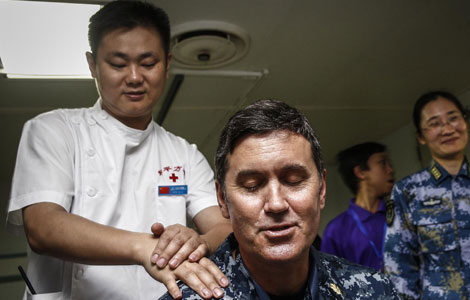
|

|
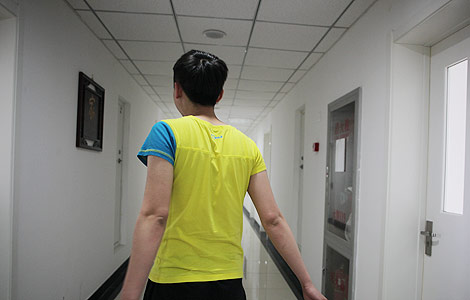
|
Today's Top News
Senate OKs immigration reform; hurdles remain
Snowden could request asylum in Russia: official
US collects Internet data on citizens
Boston bombing suspect accused in 4 deaths
816 elected in provincial leadership reshuffle
US adds to DPRK sanctions list
Chinese pros put trust in blogs
More Americans see Snowden as patriot: Poll
US Weekly

|

|
